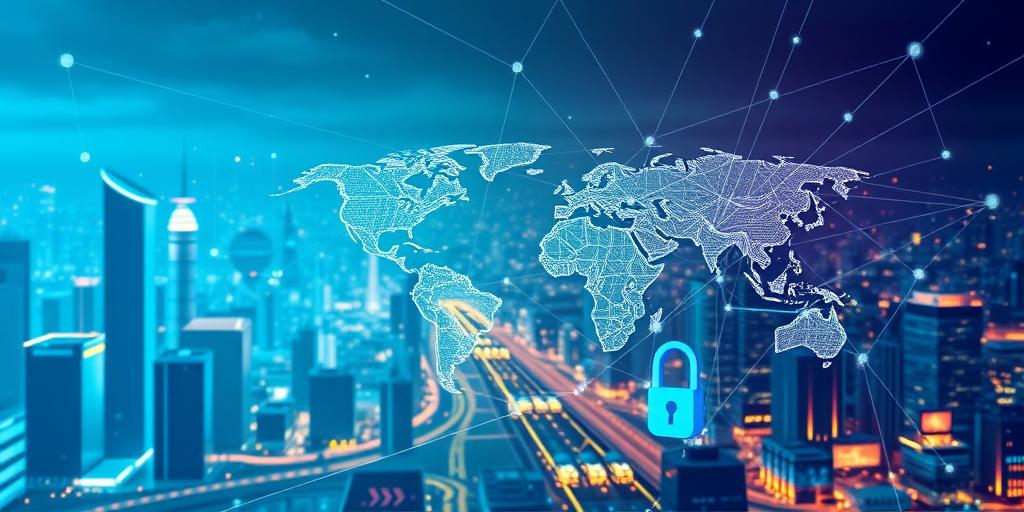The Future of Digital Assets Tokenization Explained
Digital asset tokenization is rapidly transforming various industries by fractionalizing ownership and enhancing liquidity. This process converts rights to an asset into a digital token on a blockchain, enabling easier trading, increased accessibility, and automated compliance. Here's a comprehensive look into the future of digital asset tokenization and its potential impact.
What is Digital Asset Tokenization?
Digital asset tokenization involves representing real-world assets, such as real estate, commodities, or intellectual property, as digital tokens on a blockchain. Each token represents a fraction of the underlying asset, making it easier to buy, sell, and manage these assets.
Key Benefits of Tokenization
- Enhanced Liquidity: Tokenization breaks down high-value assets into smaller, more affordable units, attracting a broader range of investors and increasing trading volumes.
- Increased Accessibility: Digital tokens can be traded 24/7 on global exchanges, removing geographical barriers and making assets accessible to investors worldwide.
- Greater Efficiency: Smart contracts automate many traditional processes, such as dividend distribution and compliance checks, reducing administrative costs and improving efficiency.
- Transparency and Security: Blockchain technology ensures that all transactions are transparent, secure, and immutable, reducing the risk of fraud and increasing trust among participants.
Current Trends in Digital Asset Tokenization
- Real Estate: Tokenizing real estate allows investors to own fractions of properties, democratizing access to real estate investments and providing liquidity to a traditionally illiquid market.
- Commodities: Tokenizing commodities like gold, oil, and agricultural products streamlines supply chains, enhances price discovery, and enables fractional ownership.
- Private Equity and Venture Capital: Tokenization can open up private equity and venture capital investments to a wider pool of investors, providing startups and growing companies with new sources of funding.
- Intellectual Property: Artists, musicians, and inventors can tokenize their intellectual property rights, creating new revenue streams and enhancing control over their creations.
Challenges and Opportunities
Despite its potential, digital asset tokenization faces several challenges:
- Regulatory Uncertainty: The legal and regulatory landscape for digital assets is still evolving, creating uncertainty for businesses and investors.
- Technological Complexity: Implementing tokenization requires technical expertise in blockchain technology, smart contracts, and cybersecurity.
- Market Adoption: Widespread adoption of tokenized assets depends on educating investors, building trust, and developing robust market infrastructure.
However, these challenges also present significant opportunities:
- Regulatory Clarity: As regulators develop clearer guidelines, the tokenization market will mature and attract more institutional investors.
- Technological Innovation: Ongoing advancements in blockchain technology and smart contract platforms will make tokenization more accessible and efficient.
- Market Growth: The tokenization market is expected to grow exponentially in the coming years, creating new opportunities for businesses, investors, and entrepreneurs.
The Future of Digital Asset Tokenization
The future of digital asset tokenization looks promising, with the potential to revolutionize how assets are owned, traded, and managed. As technology advances and regulatory frameworks become clearer, tokenization is poised to unlock trillions of dollars in new value and create a more inclusive and efficient financial system.
By understanding the benefits, trends, and challenges of digital asset tokenization, businesses and investors can position themselves to capitalize on this transformative technology. The future is digital, and tokenization is a key piece of the puzzle.









